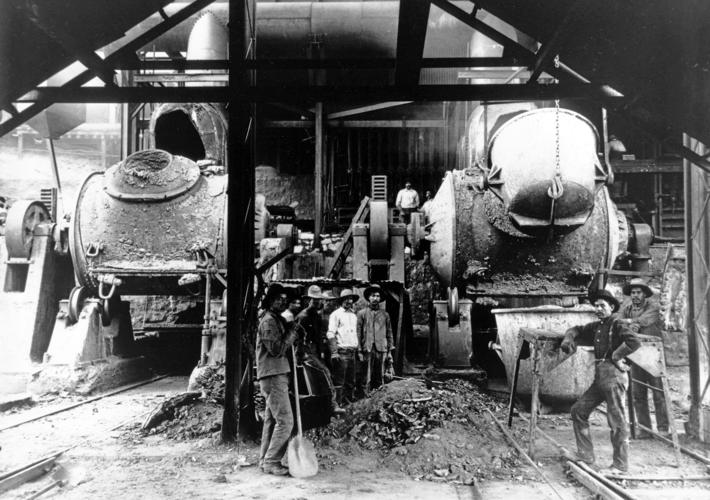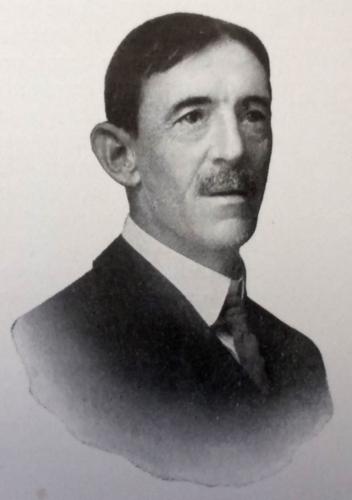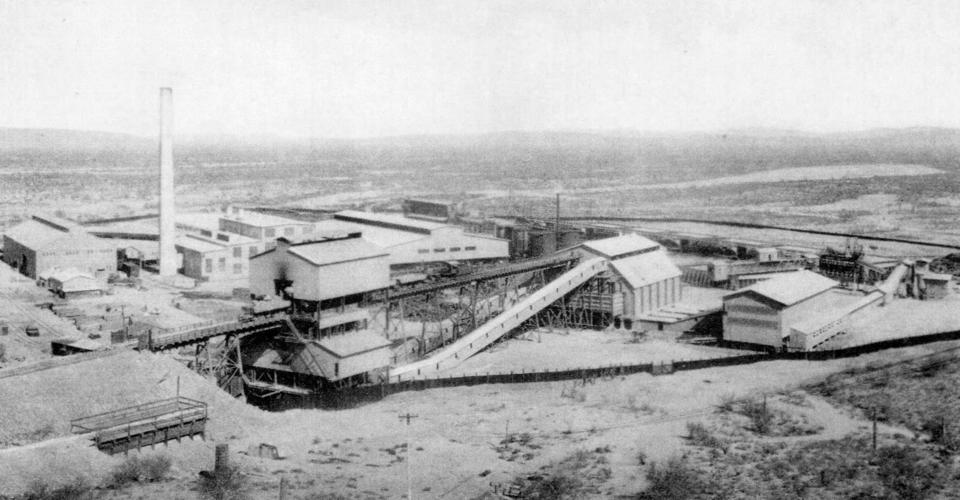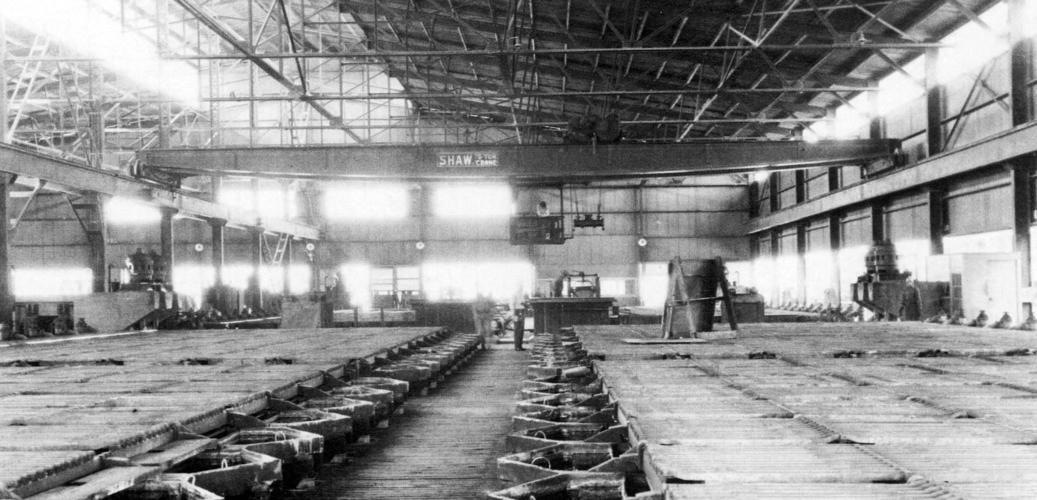One of Arizona’s renowned mining engineers was Louis Davidson Ricketts (1859-1940.) His contributions to mining operations in Arizona and Mexico in the late 19th and early 20th centuries enabled the greater development of second-grade ores on a massive scale for a profit.
Originally from Maryland, Ricketts was a graduate of Princeton University, where he received dual degrees of doctor of science in chemistry and economic geology. In his first assignment he was a Colorado mine surveyor.
Phelps, Dodge & Co. tapped the talented young metallurgist to conduct multiple surveys of the mineral resources of northern Mexico in 1895. Ricketts recommended several mining properties then owned by the Guggenheim family, who made their money as merchants and also held multiple investments in smelters in the United States (including ownership of the The American Smelting and Refining Co.) and Mexico.
Upon Ricketts’ recommendation that they would be a wise investment, the northern Mexico properties became part of Phelps Dodge’s Moctezuma mining operation in 1897. William E. Dodge, Jr. and James Douglas hired Ricketts as general manager of the Moctezuma Copper Co. to develop the newly acquired properties, which included building a five-mile-long narrow-gauge railroad line that connected the mine at Pilares to a large concentrator with a daily capacity of 500 tons and two 42-inch blast furnaces. A town was also built to service the mine at Nacozari.
The mine itself proved a profitable venture, yielding an average 3 percent copper in a copper market of 14 cents a pound with an average cost of 9 cents per pound to mine.
Ricketts also designed several large concentrators for the Detroit Copper Mining Co. One, known as the West Yankie concentrator, began operations at Morenci, Arizona in February 1900, following installation there of some of the earliest conveyor belts in the Southwest in the 1890s. Ricketts’ contributions were also invaluable in the reopening of mining operations at Globe, where he built a surface plant and reopened mines of the Old Dominion Copper Mining and Smelting Co., while serving as general manager for the Old Dominion Mine.
In 1905, he went on to construct a large washing plant at Dawson, New Mexico benefiting Phelps Dodge coal mines. Two years later he became president and general manager of the Cananea Consolidated Copper Co., designing and constructing a new concentrator in Cananea, Mexico.
The Calumet & Arizona Copper Co. enlisted Ricketts’ services in 1911 to design a smelter two miles below Clifton. The same year, Ricketts and John C. Greenway convinced the Calumet and Arizona to obtain an option on the available stock of the New Cornelia Copper Co. at Ajo. Their interest was in the massive sulfide ore deposit, which they believed contained 50 million tons of copper. But extraction would be costly, as the deposit lay over 120 million tons of low-grade copper ore overburden estimated to cost $6 million to remove.
However, Ricketts’ engineering acumen enabled him to discover a method for treating the oxidized overburden on a large scale. Using the Ajo leaching process, which he is credited with developing, Ricketts proved that the overburden could be processed with sulphuric acid, enabling its copper content to be recovered by electrolysis. This discovery, made at a small one-ton-per-day plant at Douglas, evolved into a 5,000-ton leaching plant which removed the overburden at a profit.
Ricketts also served as consulting engineer for Inspiration Consolidated at Miami, exploring ore bodies and developing the mine by sinking twin hoisting shafts, constructing a plant and railroad, and building Arizona’s first flotation mill to extract low-grade copper at 14,000 tons of copper per day in 1915.
He was held in high esteem by Arizona Gov. George W.P. Hunt, who christened him “First Citizen of Arizona” at the San Francisco Exposition of 1915.
In 1921, Ricketts again partnered with Greenway in building the 47-mile Chihuahua & Oriente Railroad to serve mining interests in Chihuahua, Mexico.
Ricketts continued to give Phelps Dodge sound advice, recommending that despite declining output of the mines in Ajo, Bisbee and Jerome during the Great Depression years, the priority remained in exploration and development of new ore deposits. He also supported the interchanging of scientific knowledge among competing companies to better exploit new ore discoveries.







